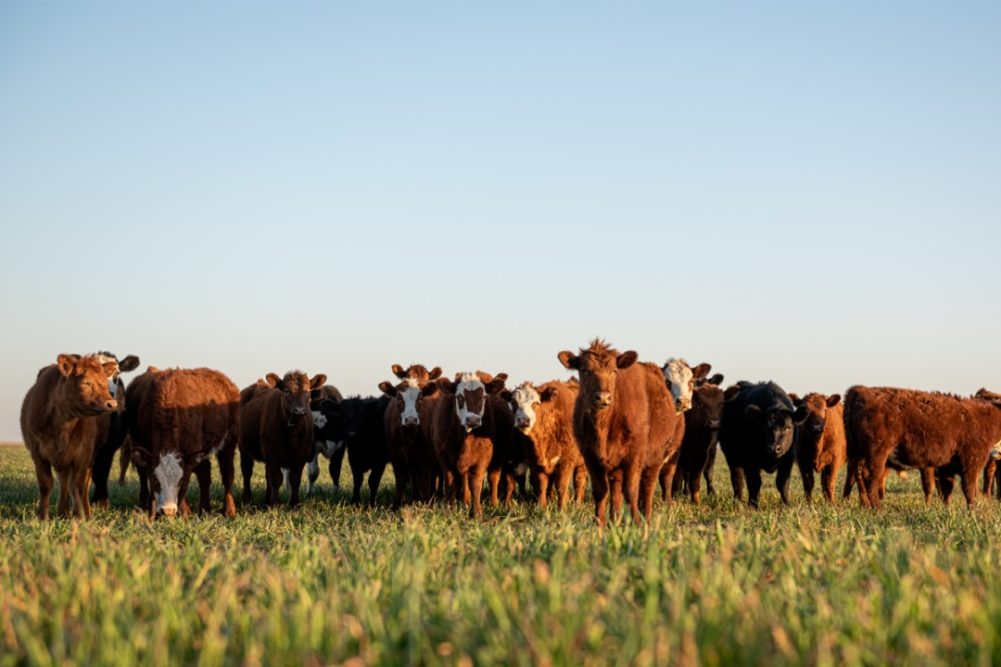UTRECHT, NETHERLANDS — Global beef demand is likely to remain steady in 2024 despite economic challenges and consumer shifts toward lower-priced proteins, according to Rabobank’s global beef quarterly report for the first quarter of 2024.
“With limited or negative real wage growth expected in 2024, coupled with the higher cost environment, we believe global beef consumption will at best remain steady and possibly decline through 2024, with some notable regional variations,” said Angus Gidley-Baird, senior analyst of animal protein at Rabobank.
Since 2019, beef retail prices have risen across most markets. With the impact of inflation in 2022 and 2023, consumers experienced increased cost of living, pressuring their budgets and leading to shifts in spending behaviors.
Foodservice and retail operators began promoting value-based propositions more frequently in 2023 to address the consumer trend toward cheaper options.
“While there was some channel shifting and movement to lower-priced options for beef, overall demand held up relatively well in 2023, supporting consumption levels,” Gidley-Baird said.
Despite a neutral beef outlook, Rabobank predicted GDP growth rates to slow and unemployment rates to rise in many countries this year.
According to the report, Australia and Brazil are expected to see increases in global beef production, which will offset declines in Europe and the United States.
Rabobank estimates cattle slaughter volumes in Australia will increase 10% to 15% in 2024. Australian exports continue to rise with increased inventory. Volumes in 2023 were up 27% from last year. Australia saw the fastest growth volumes for China imports although Brazil remains the largest supplier with a 43% share of China’s total imports.
Meanwhile, beef production was down 3.5% year-over-year in Europe from January through November 2023. Only Germany and the Netherlands reported small increases.
In the United States, the cow herd is at its smallest since 1961 with 28.2 million head as of January, and cattle slaughter is 12% below year-ago levels six weeks into 2024.
Gidley-Baird brought up a few unknowns around margins and trade.
“Can prices be maintained or pushed higher to make up for the loss of consumption or do retail prices have to ease to encourage higher consumption?” he questioned. “In a market where beef production growth is limited — the US for example — the consumer may be willing to tolerate higher prices at the expense of some consumption, i.e., maintaining demand. On the other hand, in a market with growing supply — such as Australia — lower prices may be needed to encourage consumption.”
The report anticipated a sluggish import demand in China for at least the first half of 2024. Beef prices continue to drop through January even though this period is traditionally peak demand season due to the upcoming Spring Festival.
The United States will likely lead the beef price-setting market due to its reasonable economic outlook and lower domestic supplies. Consequently, it will likely draw increased volumes from Australia, New Zealand, Brazil, Canada and Mexico.


